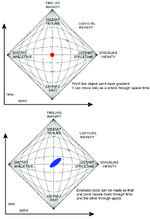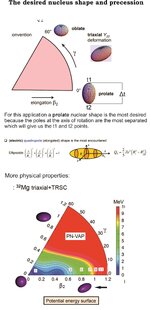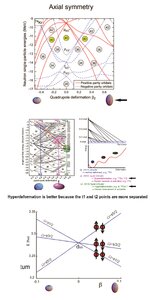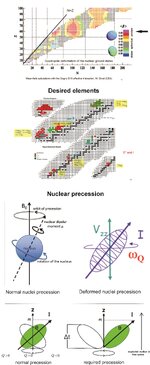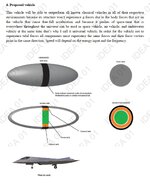Star reach
Aerospace
- Mar 12, 2025
- 27
Hi.
I need a device build that will test the feasibility of a geodesic propulsion.
For more physics info I will recommend you reading the following papers:
As you know from GR physics 1.1 every object has it's own geodesic through spacetime, for example a ball stationary in space has speed of c in time and a ball moving close to c in space has a temporal velocity close to 0.
Interesting thing happens when you add a gradient in spacetime, when one side of the object experiences slower time than the other side, the object will gain velocity towards the region of slower time, because every point of the object has to experience the same passage of time the universe will balance this by accelerating the object towards the slower time zone.
Essentially I want to create a device that will trade part of its temporal velocity to a spatial velocity.
I won't bother you with more physics but I assure you this is just a tip of the iceberg.
I need a two solenoids 20cm long attached at 90 degrees on a shaft so that when it is spined at highest possible rpm they will be free to move on the shaft towards the point of highest velocity.
According to my theory the solenoids should gain momentum, the question is at what speed of rotation and if possible the stronger the magnetic field the better. Superconducting solenoids should increase the effect because of the much higher field strength.
Here is a simple drawing.
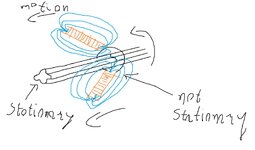
I need a device build that will test the feasibility of a geodesic propulsion.
For more physics info I will recommend you reading the following papers:
As you know from GR physics 1.1 every object has it's own geodesic through spacetime, for example a ball stationary in space has speed of c in time and a ball moving close to c in space has a temporal velocity close to 0.
Interesting thing happens when you add a gradient in spacetime, when one side of the object experiences slower time than the other side, the object will gain velocity towards the region of slower time, because every point of the object has to experience the same passage of time the universe will balance this by accelerating the object towards the slower time zone.
Essentially I want to create a device that will trade part of its temporal velocity to a spatial velocity.
I won't bother you with more physics but I assure you this is just a tip of the iceberg.
I need a two solenoids 20cm long attached at 90 degrees on a shaft so that when it is spined at highest possible rpm they will be free to move on the shaft towards the point of highest velocity.
According to my theory the solenoids should gain momentum, the question is at what speed of rotation and if possible the stronger the magnetic field the better. Superconducting solenoids should increase the effect because of the much higher field strength.
Here is a simple drawing.


